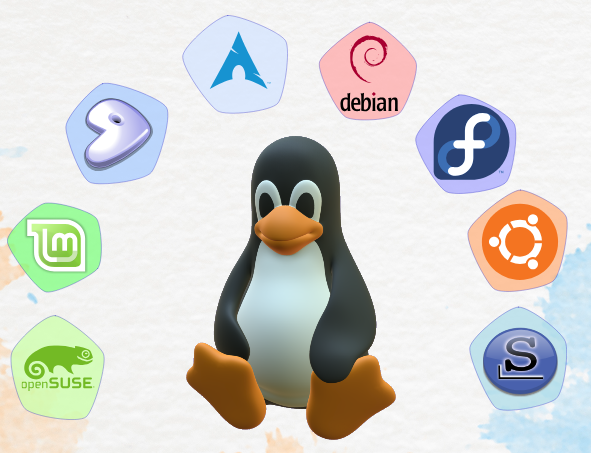Understanding Environment Variables in Linux
- compnomics
- Mar 13
- 3 min read

Environment variables are like dynamic named values that affect the way running processes behave on your Linux system. They're a fundamental concept for anyone looking to customize their Linux experience and automate tasks. Let's dive into what they are, why they're important, and how you can use them.
What are Environment Variables?
Think of environment variables as global settings that your shell and other programs can access. They store information such as:
Paths to executable files.
User preferences.
System configurations.
Temporary values used by scripts.
They provide a way to pass information to programs without hardcoding it into the program itself, making your system more flexible and adaptable.
Why are Environment Variables Important?
Customization: They allow you to tailor your Linux environment to your specific needs.
Automation: They can be used in scripts to automate tasks and make them more dynamic.
Portability: They help make your scripts and programs more portable, as they don't rely on hardcoded paths or values.
Security: They can be used to store sensitive information, such as API keys or passwords, in a secure way.
System Configuration: They play a vital role in configuring system-wide settings.
Common and Important Environment Variables:
PATH: This variable lists the directories where the shell searches for executable files. When you type a command, the shell looks for it in the directories listed in PATH.
HOME: This variable stores the path to your home directory.
USER: This variable stores your username.
SHELL: This variable stores the path to your default shell.
PWD: This variable stores the path to your current working directory.
LANG: This variable sets the language and locale settings for your system.
TERM: This variable specifies the type of terminal you're using.
Working with Environment Variables:
1. Displaying Environment Variables:
echo $VARIABLE_NAME: This command displays the value of a specific environment variable.
printenv: This command displays all environment variables.
env: similar to printenv, will also display all variables.
Example:
echo $HOME
echo $PATH
printenv USER
2. Setting Environment Variables:
VARIABLE_NAME=value: This command sets an environment variable for the current shell session.
export VARIABLE_NAME=value: This command sets an environment variable and makes it available to child processes.
Example:
Bash
MY_VARIABLE="Hello, world!"
echo $MY_VARIABLE
export MY_VARIABLE
3. Making Environment Variables Persistent:
To make environment variables persistent across shell sessions, you need to add them to your shell's configuration file.
For Bash, add them to ~/.bashrc or ~/.bash_profile.
For Zsh, add them to ~/.zshrc.
Example:
Add the following line to your ~/.bashrc file:
export MY_VARIABLE="Persistent value"
Then, run source ~/.bashrc to apply the changes.
4. Unsetting Environment Variables:
unset VARIABLE_NAME: This command removes an environment variable.
Example:
unset MY_VARIABLE
Uses of Environment Variables:
Scripting: You can use environment variables in your scripts to make them more flexible and adaptable.
Software Configuration: Many programs use environment variables to configure their behavior.
Development: Developers use environment variables to manage different development environments.
Security: Environment variables can be used to store sensitive information securely.
Example Script:
#!/bin/bash
if [ -z "$MY_API_KEY" ]; then
echo "Error: MY_API_KEY environment variable is not set."
exit 1
fi
echo "Using API key: $MY_API_KEY"
# Your code that uses the API key goes here
This script checks if the MY_API_KEY environment variable is set before using it.
Understanding and using environment variables is an essential part of becoming a proficient Linux user. They provide a powerful way to customize your environment, automate tasks, and make your scripts more flexible. Start exploring and experimenting with them today!



Comments